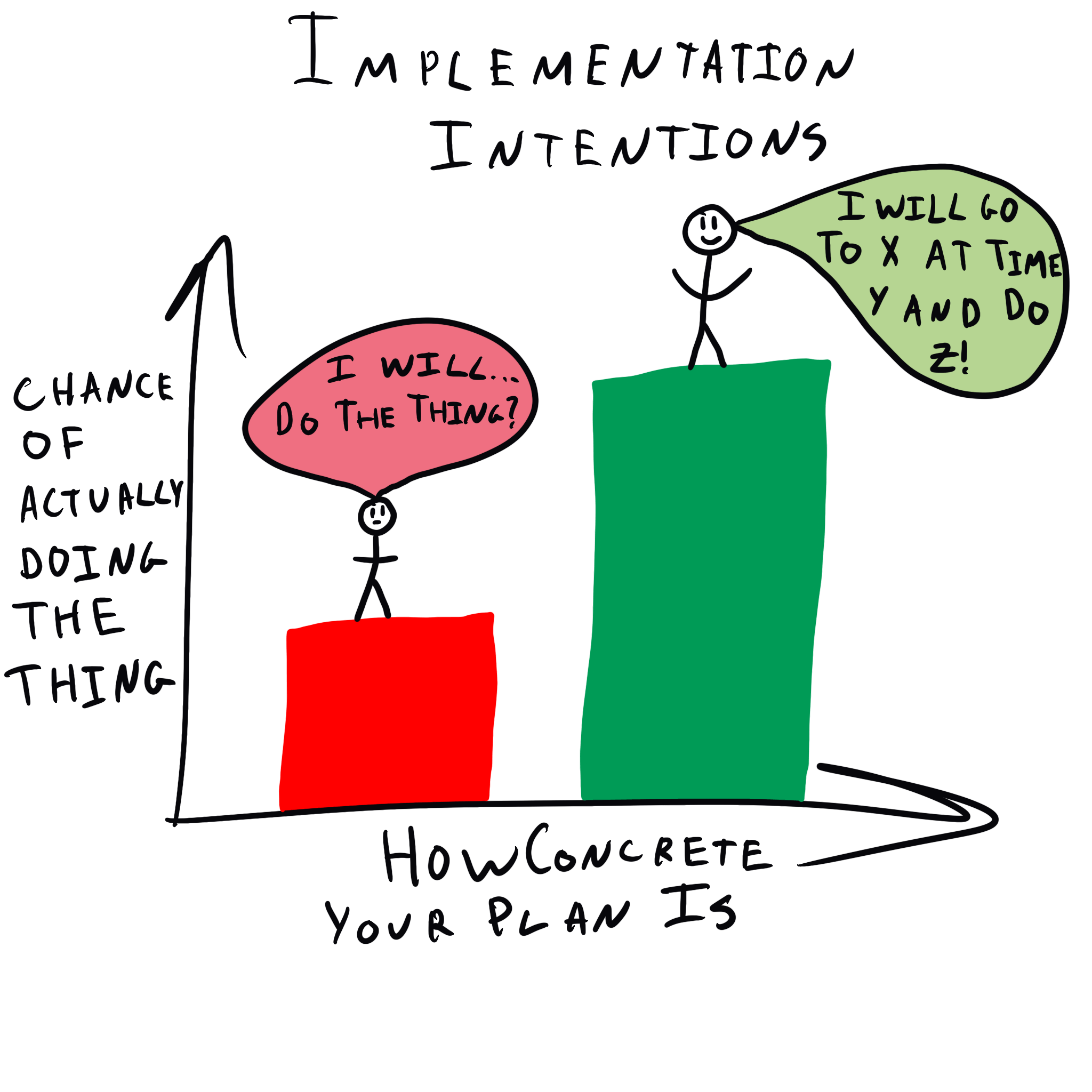Pourquoi sous-estimons-nous le temps nécessaire à la réalisation d'une tâche ?
The a expliqué.
Bias
Qu'est-ce que l'erreur de planification ?
L'erreur de planification décrit notre tendance à sous-estimer le temps nécessaire à la réalisation d'une tâche, ainsi que les coûts et les risques associés à cette tâche, même si cela contredit nos expériences.

Où ce biais se produit-il ?
Supposons que Jean, étudiant à l'université, doive rendre un travail vendredi, dans une semaine. John a déjà rédigé de nombreux travaux de longueur similaire et il lui faut généralement une semaine pour les terminer. Néanmoins, alors qu'il planifie la répartition de son temps, Jean est persuadé qu'il peut terminer le travail en trois jours et ne commence donc pas avant le mardi. En fin de compte, il n'a pas terminé son travail à temps et doit demander une prolongation.